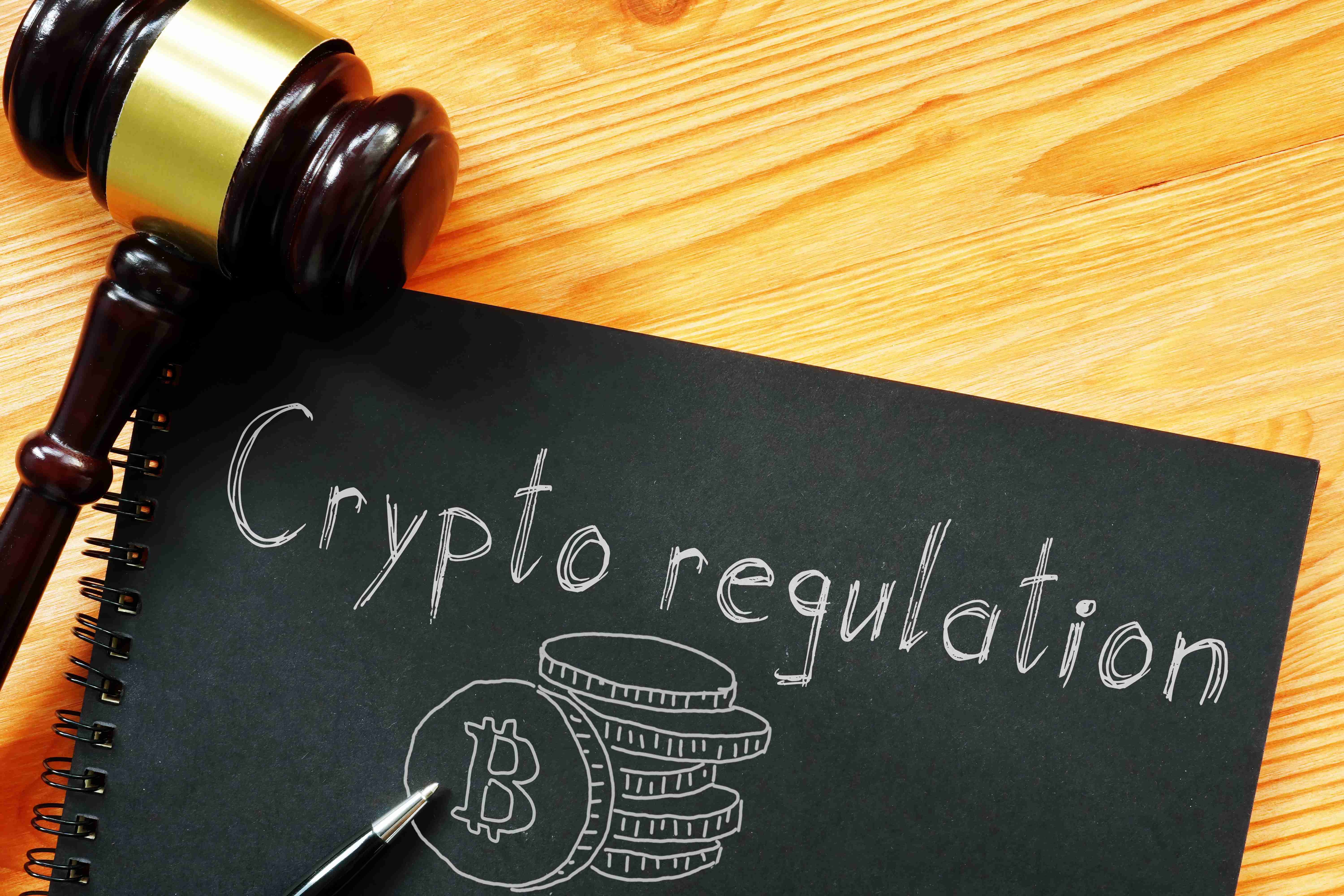In its early years, blockchain technology was hailed as the answer to centralized corruption, data manipulation, and institutional control. A decentralized future — transparent, secure, and inclusive — seemed not just possible, but inevitable. Fast forward to 2025, and a different reality is emerging. As blockchain continues to expand across industries — from finance to logistics, healthcare to gaming — it also faces a growing number of threats that challenge its credibility, adoption, and even its very survival.
This article explores the real risks confronting blockchain today and asks the vital question: Is blockchain itself at risk?
1. Regulatory Uncertainty
The most immediate and pressing risk comes from global regulatory ambiguity. Governments worldwide are scrambling to define blockchain’s legal status, especially in relation to cryptocurrencies, DeFi, and tokenized assets. The U.S. Securities and Exchange Commission (SEC), for example, has launched several high-profile crackdowns on crypto projects, while countries like China have imposed outright bans on crypto trading and mining.
Without clear, supportive regulation, innovation slows, investment hesitates, and blockchain projects are pushed into legal grey zones — or disappear altogether.
⚠️ Blockchain’s promise of decentralization often clashes with governments' need for control.

2. Security Threats & Vulnerabilities
Despite being perceived as “unhackable,” blockchain networks are not immune to cyberattacks. From the DAO hack in 2016 to cross-chain bridge attacks in 2022–2024, billions of dollars have been stolen due to smart contract bugs and network weaknesses.
Common blockchain threats include:
51% attacks on smaller PoW blockchains
Smart contract vulnerabilities
Bridge exploits between chains
Sybil attacks and phishing scams
These incidents erode public trust and highlight the urgent need for robust security audits and risk mitigation frameworks.
3. Scalability and Sustainability
Another risk is performance. Many blockchains still struggle to scale efficiently without sacrificing decentralization or security — the well-known "Blockchain Trilemma."
High gas fees, slow transaction speeds, and massive energy consumption (especially in PoW systems like Bitcoin) raise serious concerns about long-term sustainability.
Can blockchain truly scale for global 🌍 use without harming the environment or centralizing power in a few hands?
4. Loss of Public Trust Due to Scams and Hype
The rise of meme coins, pump-and-dump schemes, and "rug pulls" has tainted the image of blockchain in the eyes of many. The promise of democratized finance is often overshadowed by get-rich-quick projects that prey on inexperienced users.
For every legitimate use case, there are dozens of scammy tokens and projects that exploit the lack of education and transparency in the space.
🤯 When the noise outweighs the signal, even great technologies struggle to be taken seriously.
5. Interoperability & Fragmentation
With thousands of blockchains and layer-2 networks emerging, interoperability becomes a significant challenge. Lack of seamless communication between chains limits the potential of decentralized applications (dApps) and reduces overall user experience.
Efforts like Polkadot, Cosmos, and Chainlink are trying to solve this, but the risk remains that fragmentation may slow down the progress of the entire ecosystem.
6. Quantum Computing Threat
Though still theoretical for now, quantum computing poses an existential threat to current blockchain cryptography. If quantum machines can break traditional encryption methods, they could render public and private keys vulnerable — potentially compromising billions in crypto assets.
While post-quantum cryptography is being researched, the window for proactive defense is narrowing.

So, Is Blockchain Really at Risk?
Yes — but not from failure of the technology itself.
The core idea of blockchain remains revolutionary. Its risks lie more in how we implement it, who controls the ecosystem, and whether we build responsibly.
To secure the decentralized future, developers, governments, businesses, and users must:
Demand better regulation, not just punishment.
Prioritize security and audits over hype.
Educate users to avoid scams.
Collaborate across chains for a unified ecosystem.
Plan ahead for threats like quantum computing.
Last: A Decentralized Future Demands Shared Responsibility
Blockchain isn’t dead. But it is at a crossroads. Either we address the risks with honesty and innovation — or we watch as the dream of decentralization crumbles under its own weight.
The choice, as always, is ours to make.
#BlockchainRisks #blockchain #Web3Security #Blockchain2025 #BlockchainNews




